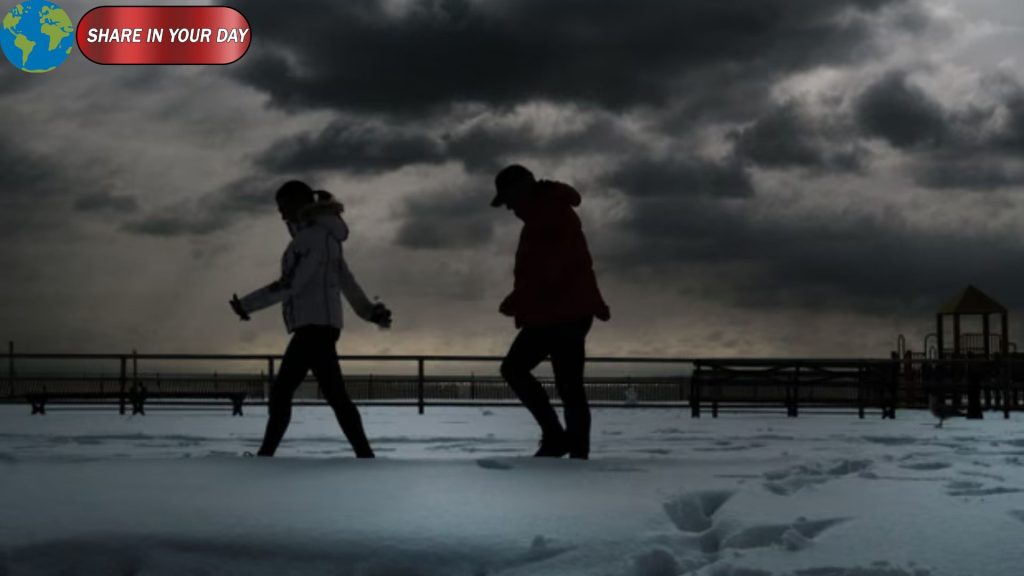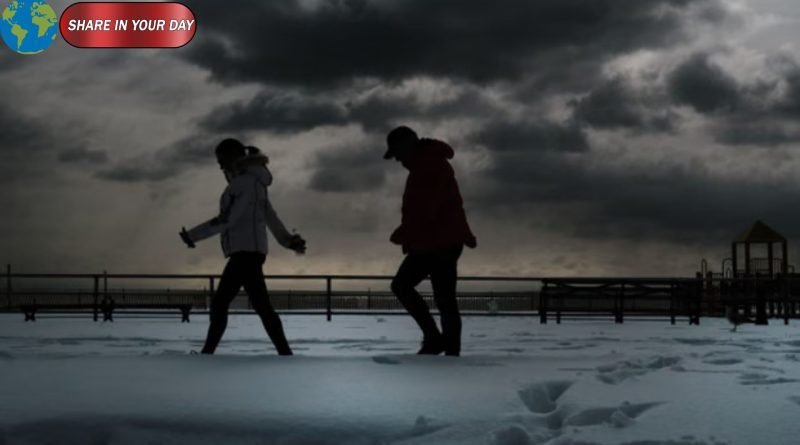Fears of Heat-Rationing as US Shutdown Delays Critical Energy Aid
As winter approaches, millions of American households stand at risk of being forced to choose between heat and food. A looming federal funding stalemate is threatening to halt the flow of vital energy-bill assistance through the Low‑Income Home Energy Assistance Program (LIHEAP), leaving some of the nation’s most vulnerable families exposed to severe hardship.
The Crisis at a Glance
Congress approved about US $4 billion for LIHEAP this year after attempts to eliminate the program faltered. Yet, as the federal government remains shut down and appropriations remain unresolved, the funds have yet to be released. That means states and tribes — who rely on LIHEAP to help families pay rising electricity and gas bills — may not receive money until early December at the earliest.
Complicating matters, staffing shortfalls at the U.S. Department of Health and Human Services (HHS) have slowed the internal mechanisms needed to allocate the funds. Earlier this year, many officials overseeing the program were dismissed in an efficiency drive.
Rising Costs, Deepening Impact
In the last year, power bills rose by more than 15 % in ten states and in Washington, D.C., with spikes of 28 % in Illinois, 25 % in Indiana and 23 % in Ohio.
Household energy arrears have surged from US $17.5 billion in December 2023 to $23 billion by June 2025. Meanwhile, about 21 million households—roughly one in six—are behind on energy bills.
With the average winter heating cost expected to rise from about US $907 to US $976, the burden on low-income families is escalating.
Why This Is Unusual
Historically, even when Congress delayed formal appropriations, states typically received 90 % of their LIHEAP allocations by late October. This year is different. The shutdown and capacity shortfalls have created unprecedented delays.
One major warning comes from the National Energy Assistance Directors Association (NEADA), representing state LIHEAP directors. NEADA has urged utility companies to pause disconnections of overdue bills until funding is restored.
Real-World Consequences
In just the first eight months of 2025, New York’s largest energy provider disconnected 111,000 households. At the national level, the tally of shutoffs is projected to hit 4 million this year—rising sharply from 3 million in 2023.
Without federal relief, many families may resort to rationing heating, putting children, elderly and medically vulnerable people at risk of cold-related illnesses.
What to Watch
- Will Congress pass a continuing resolution (or full funding bill) in time to release LIHEAP funds before deep winter sets in?
- Can states fill the staffing gap at HHS to process allocations more quickly?
- Will utilities heed NEADA’s plea and halt shut-offs for overdue bills during the crisis?
- What additional actions might states take to protect households from cascading energy-stress and potential health hazards?
Why It Matters
This is not merely an economic issue—it’s a matter of public health and social equity. Under-funding LIHEAP in a time of escalating energy costs may disproportionately harm low-income and marginalized communities who already face higher burdens. The inability to keep homes warm during winter could translate into hospital admissions, increased homelessness and long-term adverse outcomes for children





